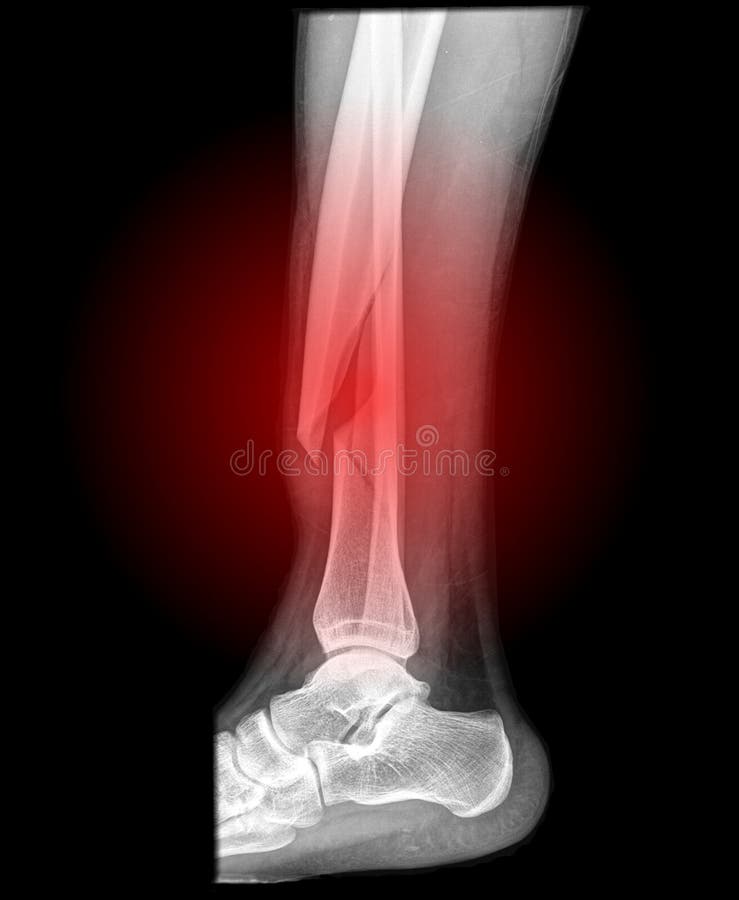

The cast is then replaced with a functional brace which allows some movement of the limb while still providing support and protection. Your doctor may also recommend immobilizing your leg in a rigid cast for several weeks. Initially, a splint may be applied to provide support and comfort. Non-surgical treatment may be recommended prior to surgical treatment to protect the area until the swelling goes down and if you are not a good candidate for surgery. The treatment approach for tibial fractures depends upon the type and severity of the fracture as well as your condition. To identify the type and severity of the fracture, your doctor will order imaging studies such as X-rays, CT scan, MRI or a bone scan. To diagnose a tibial fracture, your doctor will review your symptoms and medical history and conduct a thorough physical examination.

Difficulty walking, kicking, or running.Signs and symptoms of tibial fractures may include: Sports injuries from twisting forces or impact.Stress fracture: Also called a hairline fracture, this fracture appears as small thin cracks in the bone and occurs due to overuse or wear and tear.
#COMMINUTED OPEN FRACTURE LEG SKIN#
#COMMINUTED OPEN FRACTURE LEG CRACK#
It bears most of the body’s weight and helps form the ankle joint and knee joint.Ī crack or break in the tibia is referred to as a tibial fracture. The tibia or shinbone is the larger of the two bones. The lower leg is made up of two long bones called the tibia and fibula that extend between the knee and ankle.


 0 kommentar(er)
0 kommentar(er)
